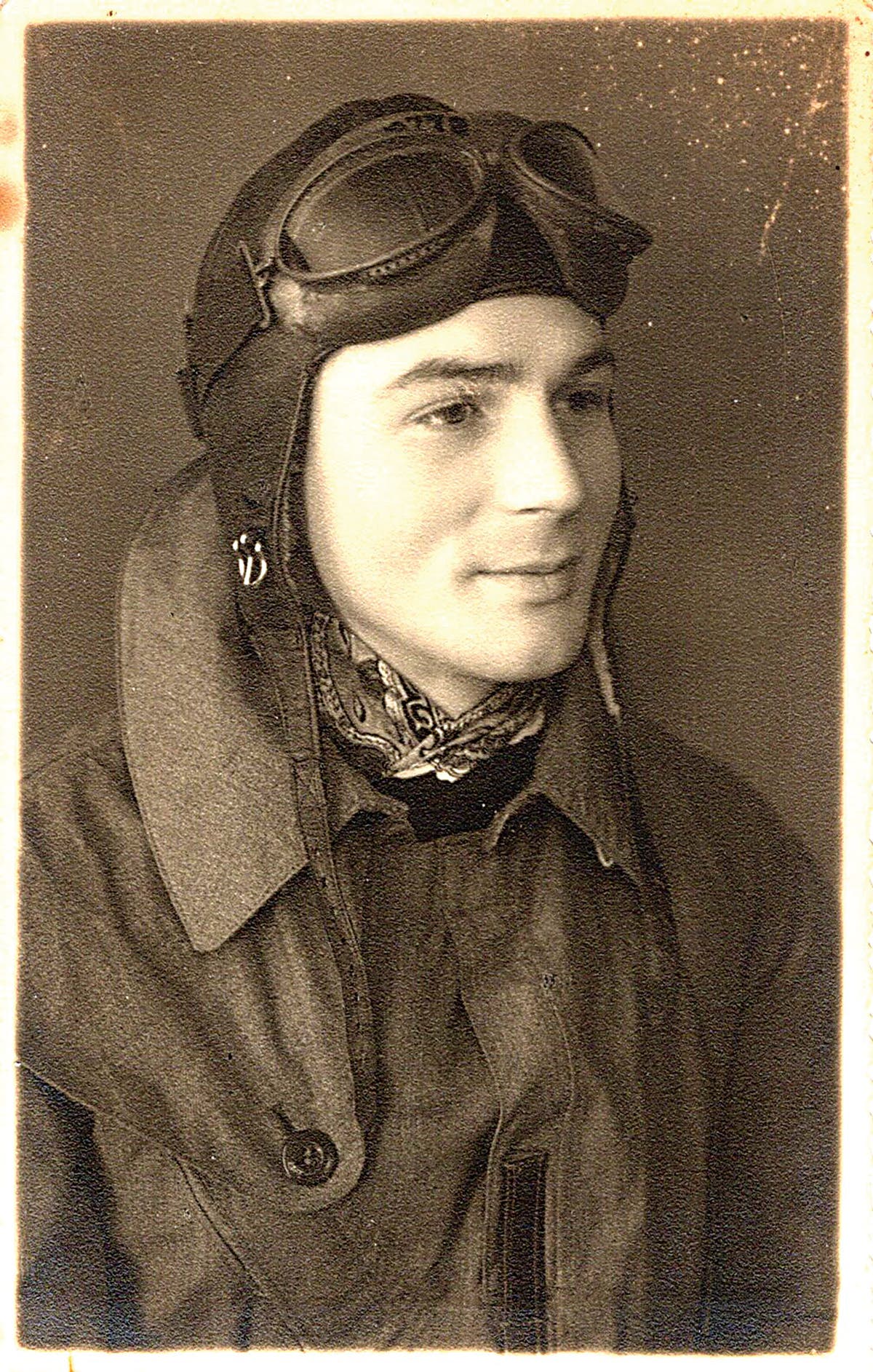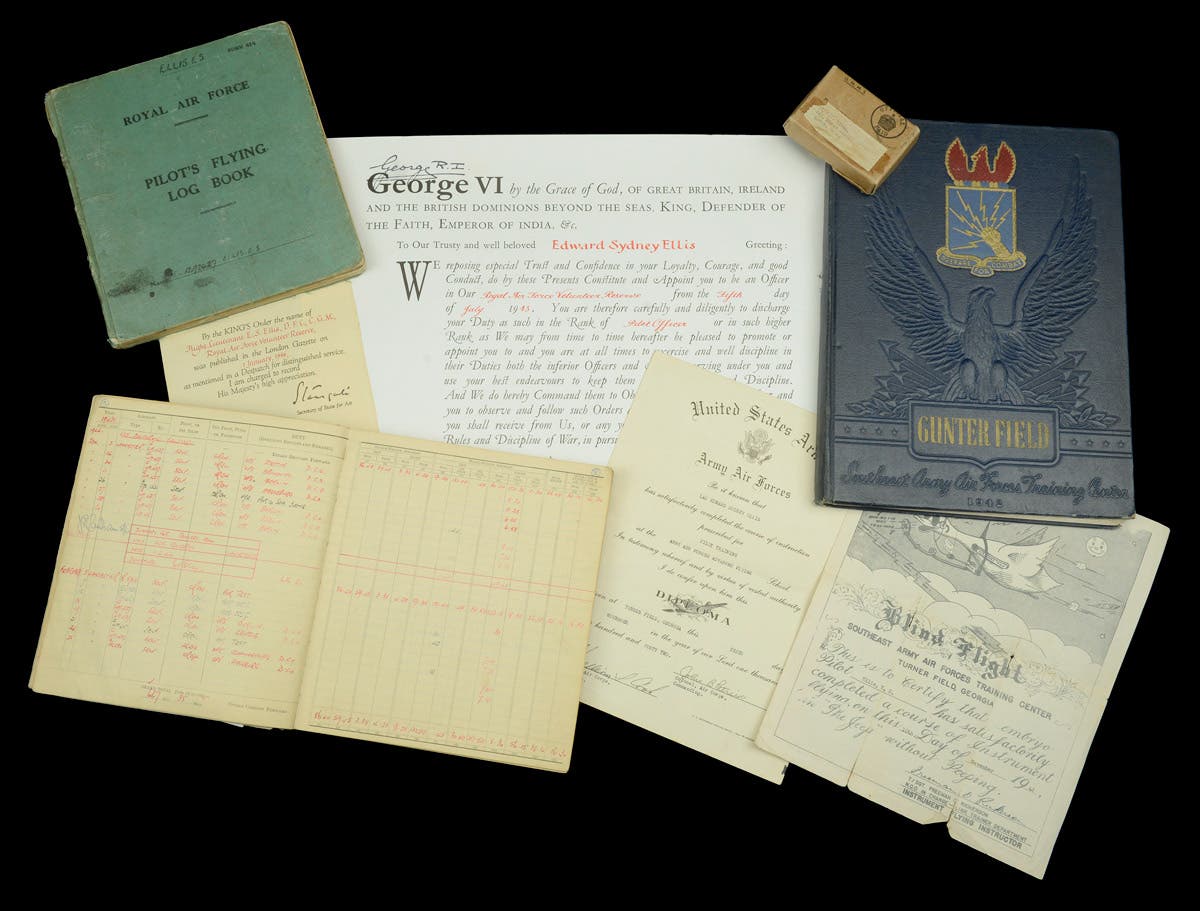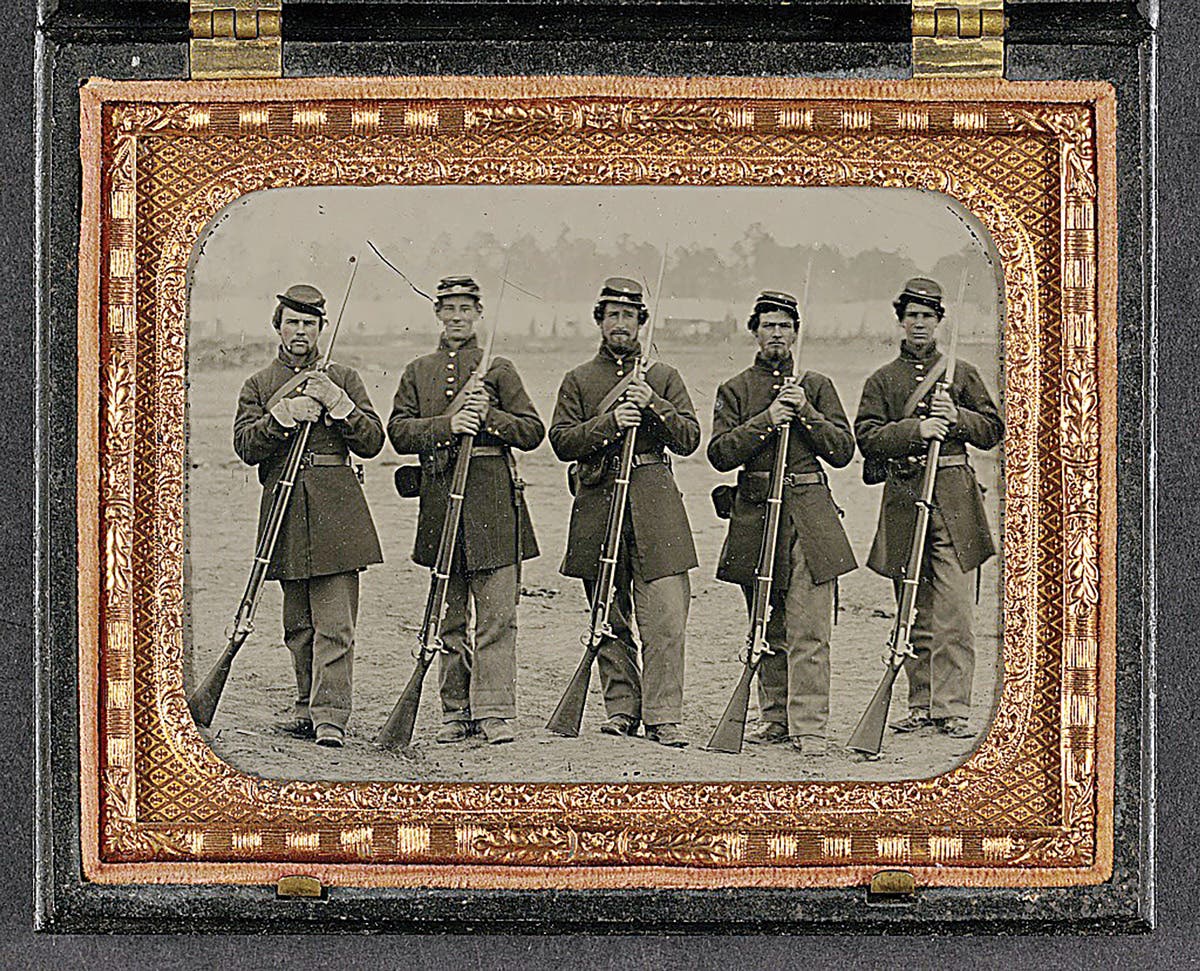A look at the experimental British sun helmets
The ever-evolving British sun helmets were born out of necessity.
Much has been written about the efforts by the United States and other nations to develop an improved “combat helmet” and those experimental patterns have been especially sought after by collectors. Less established has been the great efforts by the British military that were undertaken to develop an improved sun/pith helmet.
As the British Empire reached its zenith, its ubiquitous “Colonial” pattern Foreign Service Helmet remained the de facto headdress. However, after being introduced in the late 1870s, several problems were observed.
The rear of the helmet forced the front peak down, thereby making firing a rifle in the prone position difficult. There was a lack of sun protection to the temples. As noted by author Stuart Bates, period photographs showed that some British soldiers attempted to compensate for these issues by wearing the helmet back to front to provide better sun protection to the eyes. That only exposed the neck to more direct sun.
The problem was eventually addressed with the Wolseley pattern, which first made an appearance during the Sudan Campaign in 1896. By the First World War, the Wolseley had become the standard tropical helmet of the British military, and its influence could be seen in helmets used by nations such as Italy, France, Spain, and Germany.
Evolution of the Colonial Pattern
Before the Wolseley found its way onto the heads of British officers, a number of other tropical helmets were considered. Among these was an experimental design that essentially attempted to extend the brim of the Foreign Service Helmet. The helmets were tested by Northamptonshire Regiment, along with other units, but it is worth noting that it appears to have been worn by home service in the UK. It is unknown if any of these experimental helmets have survived.
It could be speculated that the British military was taking a cue from the Canadian Militia. As the late Clive Law wrote in his book “Fuss and Fashion”, the “Universal Pattern” helmet was introduced in 1886 and became the standard helmet for wear, replacing many of the earlier and more expensive styles of headdress – notably the Home Service Helmets. Embellishments found on earlier helmets continued to be worn on the white helmet, which was authorized for use in Canada as well as overseas. According to Law, the first units adopted the white helmet in 1880. As a side note, the Universal Pattern remained in service in Canada even after the Wolseley was introduced in 1910.
In the UK, another experimental helmet first appeared circa 1896. Produced by London-based Hawkes & Company, which was a leading manufacturer of the Foreign Service Helmets, it has sometimes been described as the “Buller” Pattern – though its connection to Gen. Redvers Henry Buller, Commander-in-Chief of British Forces in South Africa during the early months of the Second Boer War, remains unclear. It was likely an attempt to create a Universal pattern, as noted by the fact that it could be fitted with chin-chain rosettes on the sides.
However, the helmet didn’t address any of the problems with the Foreign Service Helmet. It also had a decidedly “Germanic” appearance, but it is also unknown if that was by design. It was not well received by the troops. Today, just two of these are known to be in private collections.
The Colind Hat
Another odd hat/helmet made an appearance in the 1890s, but it could be seen as a step backward in evolution as it was reminiscent of the “planter’s hats” that were worn in various European colonies beginning in the 1820s. These were in turn based on the “salakot” or “salacco” hats worn by the indigenous peoples throughout Maritime Southeast Asia.
It has been speculated that the Spanish were the first to have “gone native” with tropical headgear in the 18th century, thus predating the British in India. Likewise, there are illustrations of French troops in Indochina wearing a variety of “mushroom” hats and helmets.
In British India, the “Colind” hat was first introduced. As noted in the Osprey uniform book “North West Frontier” by Robert Wilkinson-Latham, it was suggested the hat was “invented” by Henry Hart of Oxford Street, London – a maker of which there is no record of existence. There may have been confusion between George Hart of Regent Street, London, and Henry Heath of Oxford St, London. But it is still worth noting that as these hats were already worn across Asia it is unlikely it took a London hatter to invent one!
It had been the opinion of Stuart Bates and this author that no Colind hat survived, but miraculously one was discovered in 2020, having been in a small private museum in Pennsylvania for decades. When the facility closed, it was offered for sale with a number of other objects from China. It is known the helmet was “field tested” by the Norfolk Regiment, which was stationed at Mandalay, Burma in the late 1890s. It could be further speculated that the helmet made its way to the United States via China, or perhaps much of Southeast Asia was just lumped together by a past owner.
The Indian Wicker Pattern
Helmets made of wicker were in use in India from at least the 1850s – thus predating the more commonly seen cork Foreign Service Helmets by some two decades – and lasted into the early 20th century with units dispatched to the Second Anglo-Boer War from India. These wicker helmets and their cork Colonial equivalents were replaced by the Wolseley pattern in the first years of the 20th century and this was completed by 1910.
As noted by author Chris Mills in “The Pith Helmet: Jaunty Hat”, these helmets were known as the “K Pattern” and were essentially Indian-made offerings meant to compete in the market with the British-made cork Foreign Service Helmets. What is also notable is that these remained in use in India as late as World War I.
It was also a more “modern” interpretation, writes Mills, of the older Indian styles that predated the adoption of the Foreign Service Helmet. While thousands were likely produced, fewer than a couple dozen are known to survive in private collections.
These experimental patterns are now a fascinating reminder of the attempts to create a helmet that could better protect the wearer from the harsh rays of the sun, while still providing a bit of “Victorian” pomp and circumstance in the process.
*Special thanks to Stuart Bates and Benny Bough for their assistance and research on this subject.
*As an Amazon Associate, Military Trader / Military Vehicles earns from qualifying purchases.
Peter Suciu is a freelance journalist and when he isn't writing about militaria you can find him covering topics such as cybersecurity, social media and streaming TV services for Forbes, TechNewsWorld and ClearanceJobs. He is the author of several books on military hats and helmets including the 2019 title, A Gallery of Military Headdress. Email him and he'd happily sell you a copy!








